Ever feel like the universe is low-key punishing you for not being rich? Like, sure, you’re doing your best—clocking in, cutting back on $7 lattes, trying not to let the stress eat your soul—but somehow it’s still not enough to buy you the most basic luxury of all: more time on Earth. While wealthier folks are out here sipping oat milk lattes and debating which pilates studio has the “best energy,” working-class people are stuck dodging unsafe jobs, dodging hospital bills, and dodging death—just less successfully.
And the numbers? They’re brutal. We’re talking double-digit life expectancy gaps, job-related fatality rates that read like horror stats, and a whole genre of death literally called “deaths of despair.” This isn’t just about money—it’s about a broken system where your zip code and job title can quietly shave years off your life. So if you’ve ever wondered why your body feels 40 when your driver’s license says 28, buckle up. These 12 stats don’t just explain the disparity—they expose it.
1. Income Inequality: The 14.6-Year Head Start

Working harder doesn’t always mean living longer—turns out, having a bigger bank balance does. According to an eye-popping MIT study, the richest 1% of men live an average of 14.6 years longer than the poorest 1% of men, while the gap for women sits at 10.1 years—basically a decade you’ll never get back without a yacht in your driveway.
This isn’t just about yachts and beachfront mansions; it’s about access to preventative care, safer neighborhoods, and the luxury of worrying about work-life balance instead of simply getting through the next paycheck. Low-income communities often have 30% fewer primary care providers per capita, meaning folks can’t just “pop in” for screenings or routine visits—if you can’t see a doctor, diseases go unchecked and you pay later in years lost. Chronic diseases driven by poverty, like diabetes and hypertension, are 25% more prevalent in families earning under $25,000 annually, thanks to limited access to fresh food and safe exercise spaces. The stress of financial insecurity accelerates cellular aging: one study linked low socioeconomic status to shorter telomeres—the caps on our chromosomes—equating to roughly two extra years of biological aging by age 50. And life-expectancy gaps aren’t static; they vary wildly by region, with some U.S. counties seeing a 15-year spread between rich and poor, highlighting how local policies and resources can make or break longevity.
2. Education: Missing Your Diploma Costs You Nearly a Decade
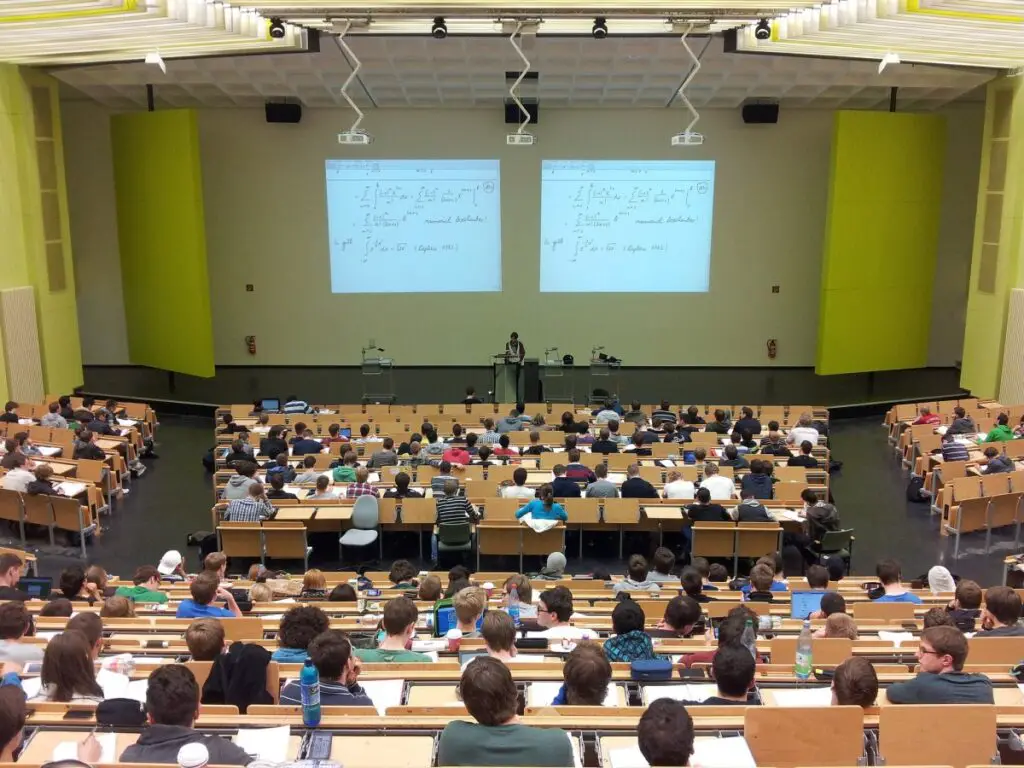
If you think skipping that diploma was “no biggie,” think again. Women without a high school degree have a life expectancy 8.6 years lower than those with a bachelor’s degree or higher, according to the NIH’s own press release on education and longevity. On top of reduced health literacy and fewer job options, lower-educated workers are more likely to smoke, less likely to exercise, and often can’t afford routine check-ups—creating a perfect storm for chronic conditions that chip away at your lifespan.
In fact, each additional year of schooling is linked to a roughly 2% reduction in mortality risk, meaning high school grads live measurably longer than dropouts. Better education also opens doors to less stressful jobs and higher wages, which translates into healthier diets and safer living environments, so you’re not choosing between rent and the pharmacy. Studies show that four extra years of schooling reduce the five-year mortality rate by nearly 2 percentage points and cut heart disease risk by over 2%—those extra semesters might just save your ticker. And it’s not just your diploma; living in a community where more neighbors hold degrees creates healthier social norms—areas with a 10% higher share of college grads see about 8% fewer deaths per 100,000 people, independent of individual schooling.
3. Dangerous Day Job: Jobsite Perils Slash Your Odds

You’d think hard hats come with a life insurance policy, but not quite. The Bureau of Labor Statistics reports that construction and extraction workers face a fatal injury rate of 12.9 deaths per 100,000 full-time workers—almost four times the all-industry average of 3.5 deaths per 100,000 (BLS).
Whether it’s a misstep on a scaffold, heavy machinery mishap, or rogue toolbox, these hazards stack up. And when you’re nursing a crushed foot rather than sipping a green smoothie, chronic pain and disability become unwelcome roommates for life. While the overall fatal injury rate dipped from 3.7 to 3.5 per 100,000 workers between 2022 and 2023, construction remains stubbornly high compared to other sectors. Alarmingly, construction fatalities have ticked up 3% over the past decade, suggesting safety protocols aren’t reaching every site. Older workers—especially those over 65—face nearly the same fatality risk as electricians, thanks to slower reflexes and longer recovery times. And although Hispanic worker fatalities fell slightly, they still endure a rate 25% above the national average, underscoring how language barriers and training gaps can cost lives.
4. Insurance Gap: One in Eight Working-Age Adults Go Uncovered
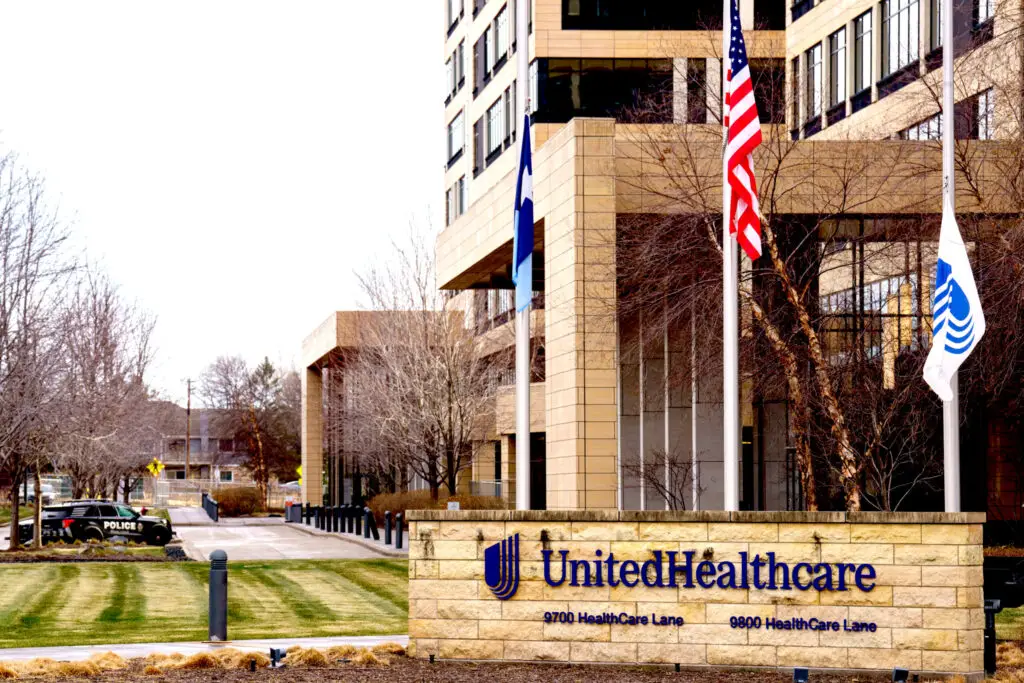
Skipping health insurance might save a few bucks, but it’ll cost you in longevity. About 12.2% of U.S. adults aged 19–64 remain uninsured, according to KFF’s 2023 analysis of coverage trends (GetInsured).
No coverage means no checkups, no disease screenings, and a higher chance of showing up to the ER when it’s already “stage late” rather than “stage zero”—turning fixable problems into life-threatening dramas. Uninsured patients face a 50% higher risk of death even after accounting for disease stage at diagnosis, making coverage a literal lifeline. During the COVID-19 pandemic, every 10-point jump in uninsured rates was linked to nearly 5% more “excess” deaths, spotlighting how gaps in coverage amplify crises, per Axios. For cancer patients, lack of insurance means you’re 30% less likely to receive surgery at high-volume centers with better outcomes, turning treatable cancers into ticking clocks. And even when low-cost clinics exist, long wait times and limited specialist access mean you’re still skating on thin ice—one missed referral can change everything.
5. Deaths of Despair: The Silent Killer
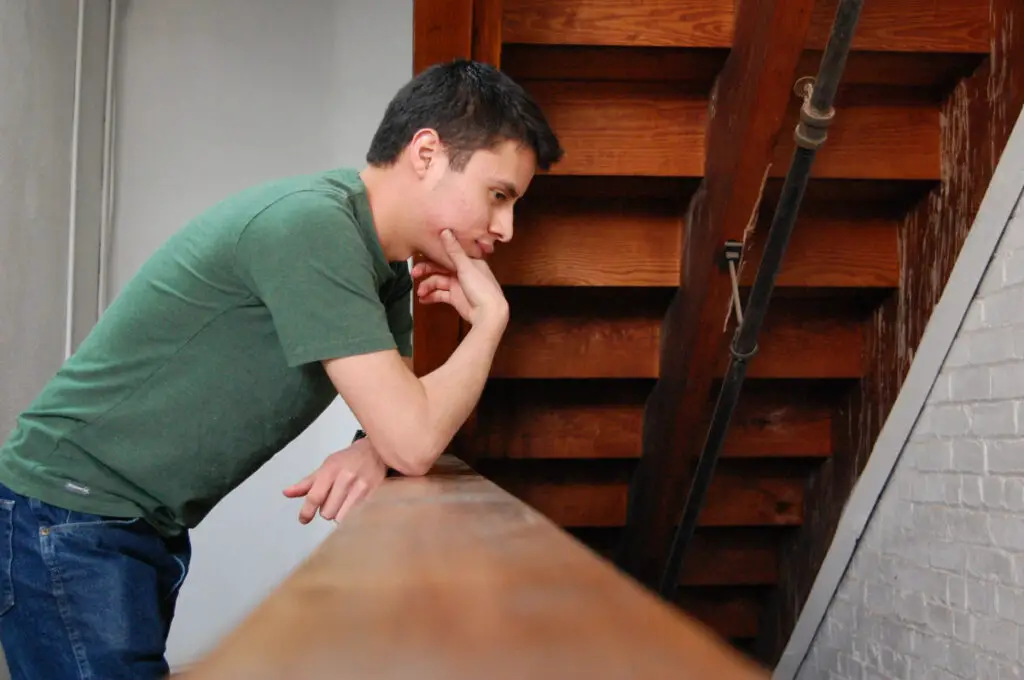
When payday feels like a mirage and student loans are your only friends, despair sets in—literally. In 2022, U.S. suicides hit a record 49,369 deaths, and “deaths of despair” (suicide, drug overdoses, alcohol-related liver disease) skyrocketed, especially among white non-Hispanic adults aged 25–44.
These aren’t just cold stats; they’re communities unraveling under economic stress, with mental health support often as scarce as affordable housing—and the workbench doesn’t come with a counselor on call. Provisional estimates show suicide deaths jumped from 48,183 in 2021 to 49,449 in 2022—another grim milestone, according to the CDC. Overdose fatalities dipped slightly in 2023 to 81,083 from 84,181 the year before, yet synthetic opioids still drive the majority of those numbers. The Appalachian region’s “diseases of despair” mortality rate clocks in at 94.8 per 100,000—37% above non-Appalachian areas—painting a stark picture of rural neglect. And as of 2022, Black and American Indian/Alaska Native communities face higher deaths of despair rates than white counterparts, highlighting deep racial inequities in mental health and substance services.
6. Poor Diet, Poorer Outcomes

When your grocery budget looks like Monopoly money, it’s ramen over roasted veggies. Low-income neighborhoods average 30% higher rates of diet-related diseases like diabetes and heart disease, thanks to food deserts and dollar-store aisles stocked with empty calories.
On the plus side, you’ll master the art of seasoning with hot sauce—but on the downside, your pancreas and arteries will stage a revolt faster than you can say “microwave meal.” Your gut microbiome will quickly learn to love sugar and processed oils, setting off low-grade inflammation that lingers like a houseguest who won’t leave. Energy crashes become your daily rollercoaster, so that 3 PM slump feels more like 3 PM permanent residency. And when your body feels perpetually underfed yet chronically overfed, those extra pounds and blood-sugar spikes start carving years off your life.
7. Chronic Stress: Your Invisible Aging Accelerator

Missed deadlines, unpredictable hours, and the sting of living paycheck to paycheck all send your cortisol levels to the moon. Chronic stress has been linked to a 2-year reduction in telomere length (those protective caps on your chromosomes), essentially turning your body’s clock faster.
Think of stress as the annoying roommate who never pays rent but eats all your longevity points—and you can’t evict it until you overhaul your life insurance. Your sleep quality tanks too, making “rest” a four-letter word and your immune system a joke. That constant fight-or-flight buzz amps up blood pressure and cholesterol, so your heart’s on overtime every day. Plus, when every little thing feels like a crisis, you’re more likely to self-medicate with booze or extra shifts, stacking unhealthy coping mechanisms like dominoes.
8. Pollution Hotspots: Breathing in the Wrong Zip Code
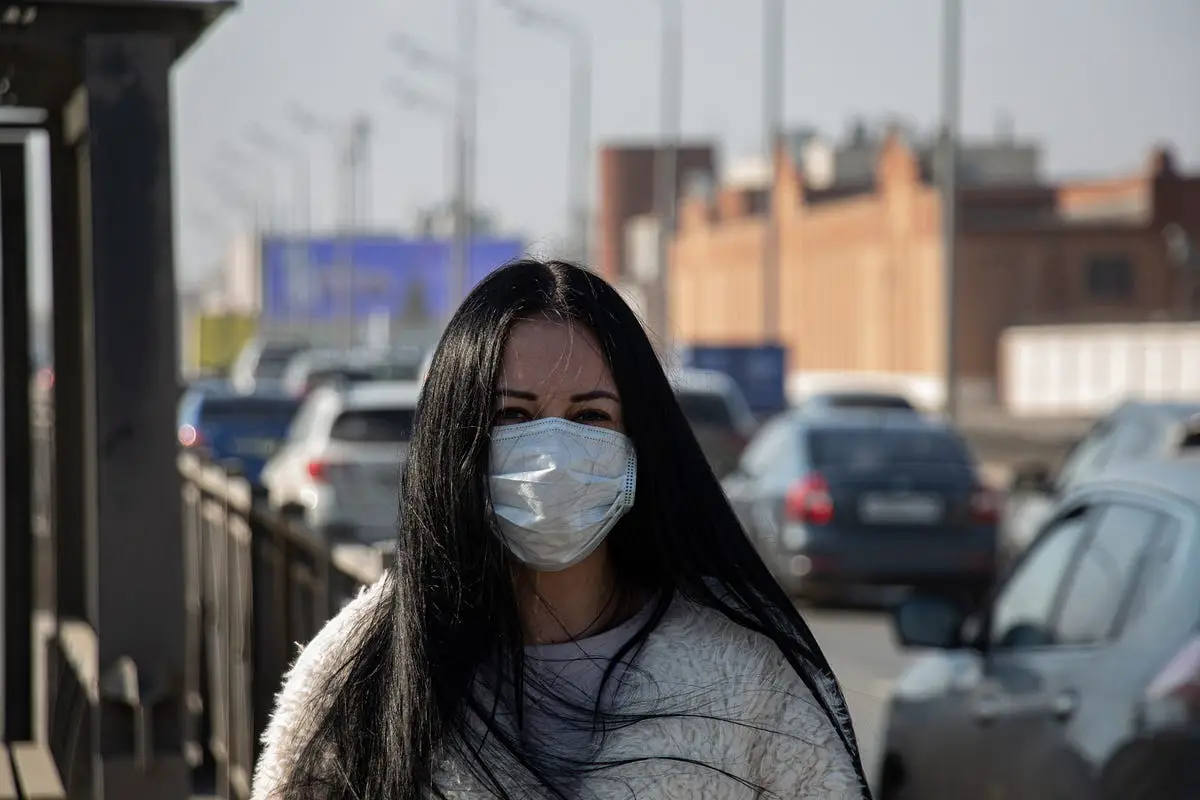
Factories and highways love setting up shop near affordable housing, which means working-class folks inhale more smog, particulate matter, and, let’s be real, car exhaust soup. Long-term exposure to fine particulate pollution cuts about 2 years off your life, per WHO estimates.
So while your neighbor in the hills sips fresh air with their morning coffee, you’re basically vaping city traffic—and your lungs will remind you of that every time you take the stairs. Chronic exposure also inflames your airways, making every allergy season feel like a toxic gas attack. Cardiovascular risks spike too, because those tiny particles sneak into your bloodstream and rove free, hammering your heart. And if you’ve ever wondered why asthma rates are through the roof in some zip codes, now you know who’s doing the breathing.
9. Unstable Housing: The Health Toll of Moving Boxes
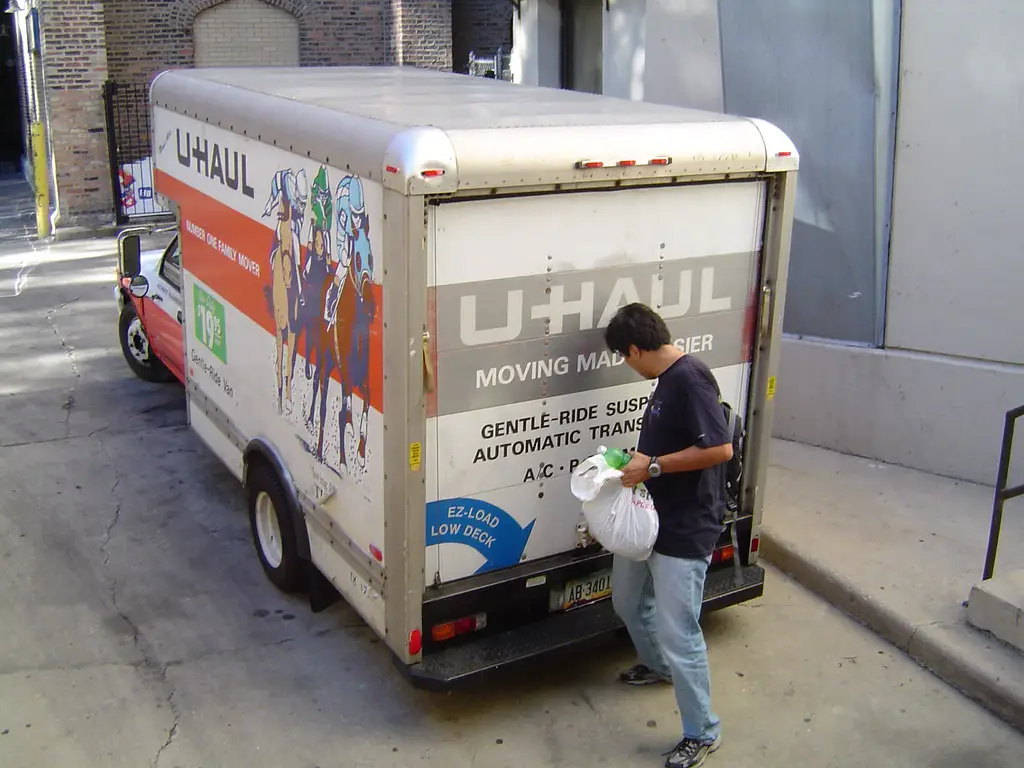
Frequent moves, overcrowded apartments, and eviction threats don’t just mess with your Wi-Fi password—they raise your risk of hypertension by 20%, thanks to constant upheaval and insecurity.
Every time you pack up, you’re also packing in stress, interrupted healthcare, and the occasional moldy landlord surprise—an uninvited guest that doubles as a respiratory nightmare. Kids in these households face higher rates of anxiety and developmental delays, setting a lifelong health trajectory before they even hit middle school. You lose the social cohesion that builds community resilience, so when illness strikes, there’s no solid support network to lean on. And navigating new school districts and clinics means medical records go missing, prescriptions lapse, and shot records get scrambled—inviting preventable diseases back into the picture.
10. Limited Paid Leave: No Sick Days, No Problem (Except When You’re Dying)

The U.S. is basically the outlier on paid sick leave: about 24% of private-sector workers have zero access. Miss that cold-to-pneumonia window? Congratulations—your untreated flu just RSVP’d to your grave.
Working through sickness is a hustle culture badge, until it’s pneumonia, sepsis, or some chronic condition that could’ve been nipped had you only had that free week to Netflix and heal. And if you do dare to call in sick, you risk missing rent or losing hours—so most people just tough it out. That decision cuts off early interventions for infections, and one untreated bout of bronchitis can morph into chronic lung disease. Meanwhile, dragging yourself to work sick spreads germs like wildfire, turning the office into a dystopian petri dish.
11. Transportation Trauma: Car Commutes & Crash Risks
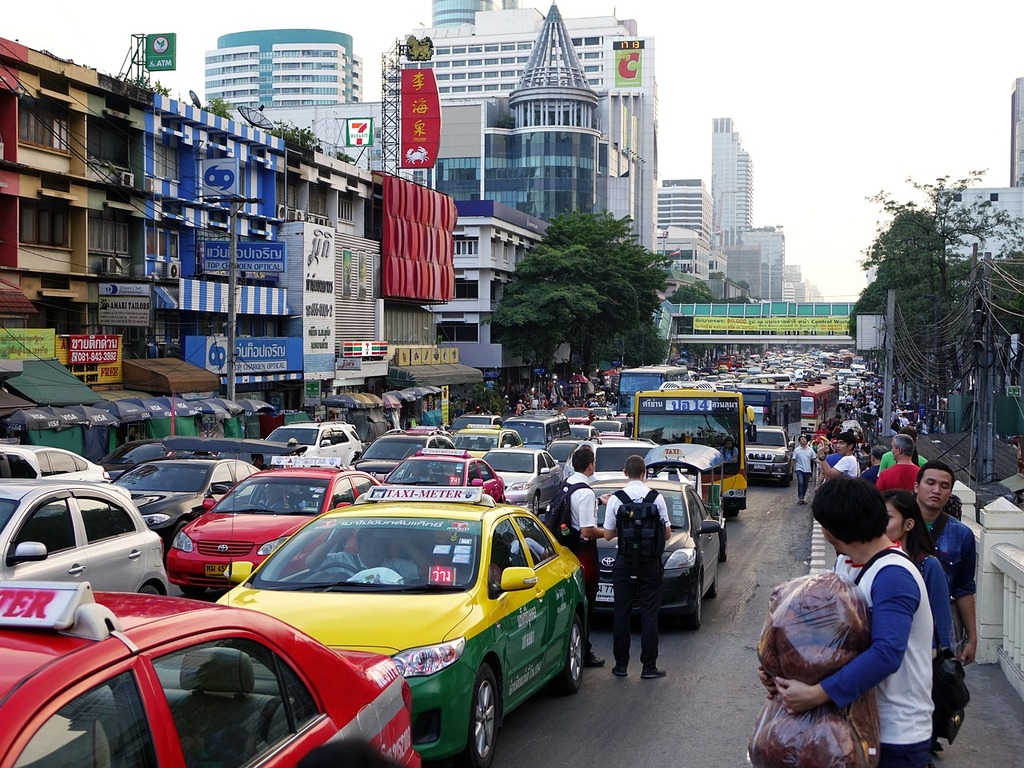
Blue-collar folks often clock in hours in older, less-safe vehicles. In 2023, rural drivers had a fatal crash rate 1.4 times higher than urban counterparts, according to NHTSA data.
From aging seatbelts to roads that resemble a moon crater tour, your commute could literally be your last—so invest in defensive driving, or maybe rethink that third-shift gas station run. Longer drives also eat into your sleep and leisure time, raising the odds of drowsy-driving collisions. Vehicle maintenance often takes a backseat when rent is due, so worn brakes and bald tires turn routine trips into gamble-the-life. Plus, when public transit options are scarce, you’re stuck shelling out for gas and repairs—or risking jump-start disasters in the dead of winter.
12. Under-Resourced Clinics: When the Safety Net Has Holes
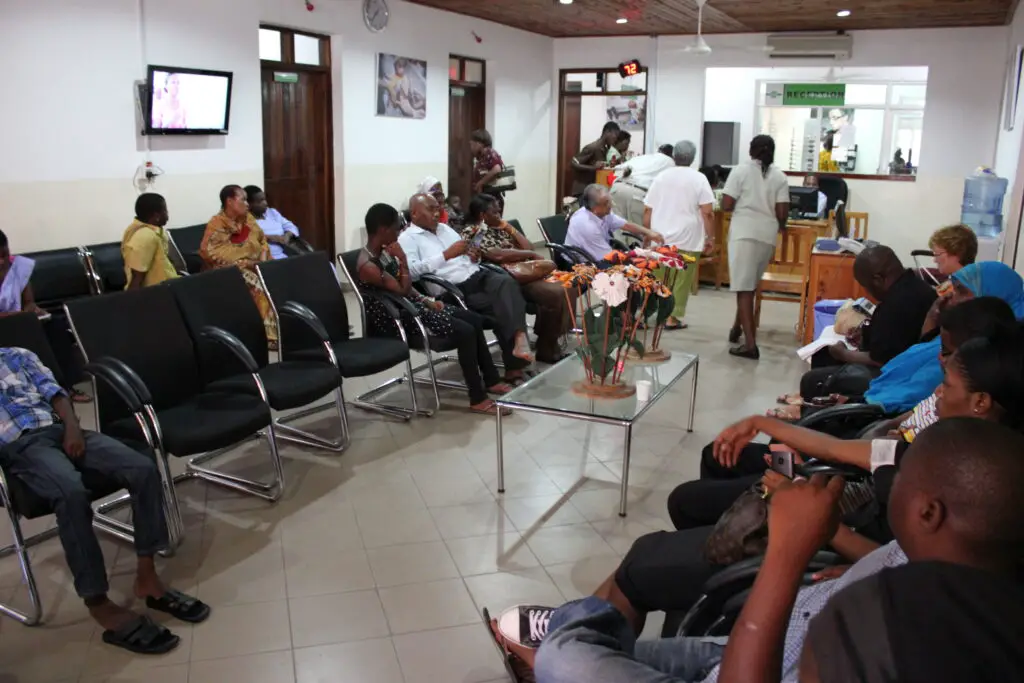
Community health centers serving low-income areas receive 20% less funding per patient than suburban counterparts, per HRSA reports. That means longer wait times, fewer specialists, and care that’s “as-good-as-they-can-manage” rather than “gold-standard.”
In practice, “free clinic” often translates to “see an NP in 6 weeks” or “sorry, your specialist quit last month,” turning treatable conditions into life-altering diagnoses. Prescription formularies are limited, so the newest meds stay out of reach and you’re left with generics that may not do the trick. Health education programs are often underfunded, so prevention gets sidelined while emergencies stack up. And when telehealth is your only option, spotty internet or lack of devices means half your appointments end in frustration instead of healing.
